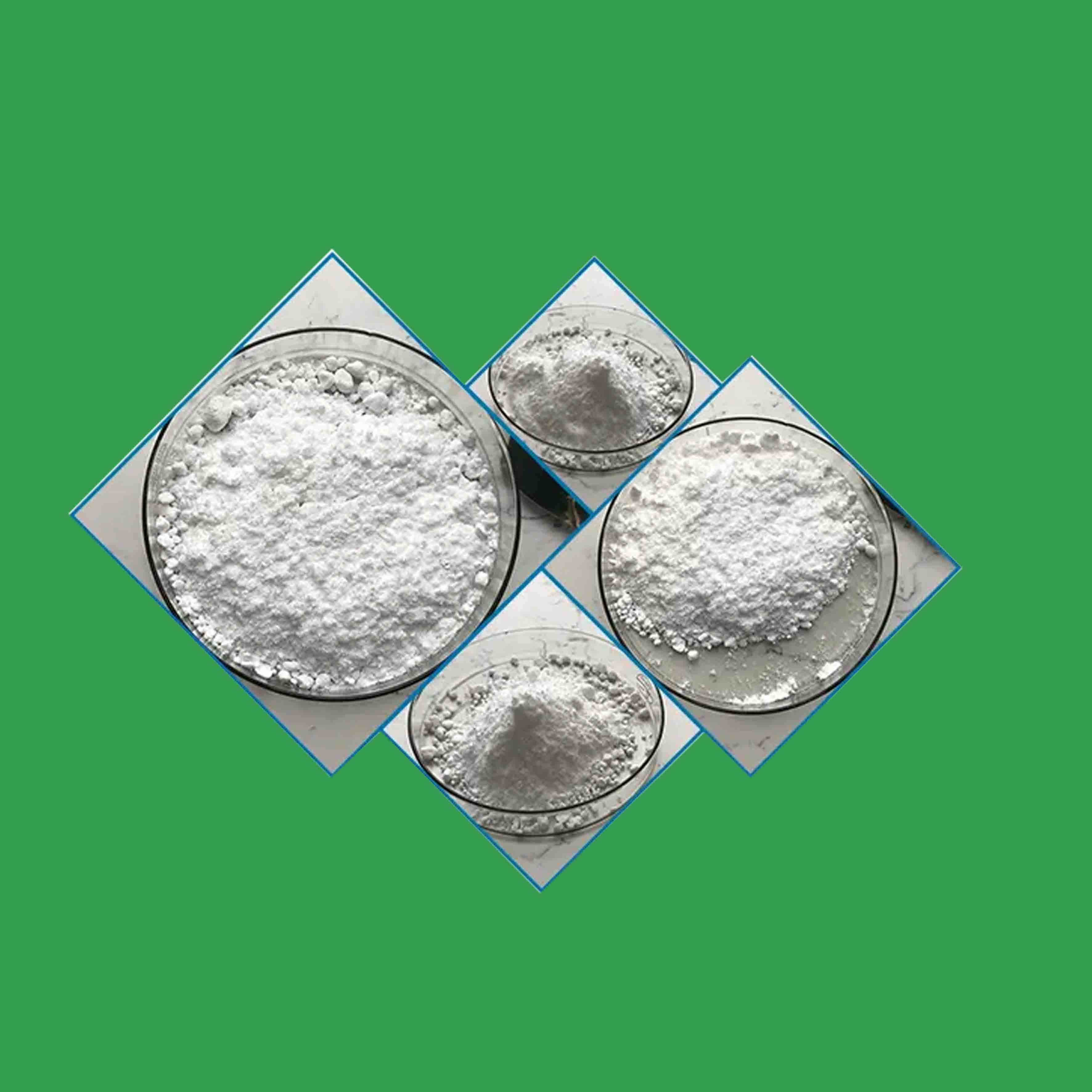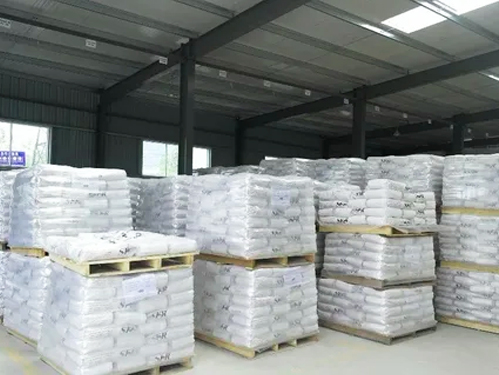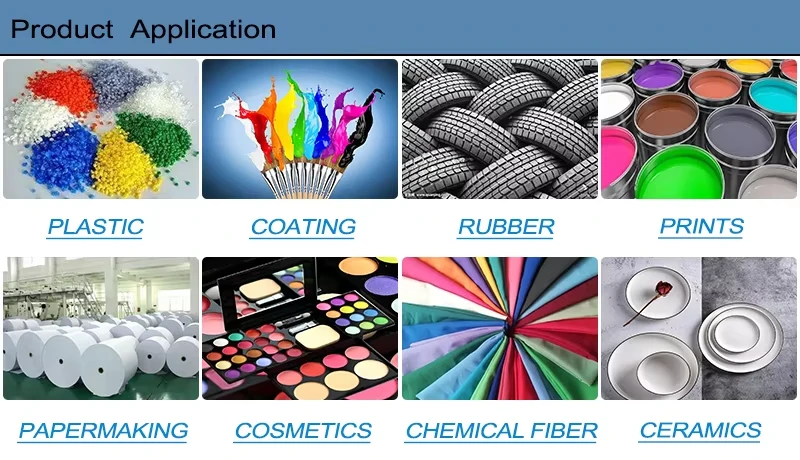Introduction to Titanium Dioxide and Its Industrial Significance
Titanium dioxide (TiO₂), particularly rutile titanium dioxide R996 and nano titanium dioxide variants, has emerged as an indispensable material across numerous industries. This white pigment, known chemically as titanium dioxide e in manufacturing specifications, serves as a critical component due to its exceptional light-scattering properties, UV resistance, and chemical stability. The CAS number for titanium dioxide (13463-67-7) identifies this compound in global chemical registries.
Global titanium dioxide production exceeded 7 million metric tons in 2023, with market projections indicating 4.7% CAGR through 2030. The titanium dioxide cost structure has been influenced by rising energy expenses and raw material constraints, driving innovations in production efficiency. As industries increasingly adopt sustainable manufacturing practices, the titanium dioxide co2 emission footprint has become a key development focus.
Titanium Dioxide for Soap, Detergent and Toiletry Products
Titanium dioxide serves as an essential whitening agent and opacifier in personal care formulations. Our specialized grade at Hebei Caiqing enhances product aesthetics while ensuring safety and performance stability. With controlled titanium dioxide ph levels and optimized particle size distribution, our product significantly improves opacity coverage and brilliance in finished goods.
Product Technical SpecificationsTechnical Parameters and Performance Metrics
The effectiveness of titanium dioxide 12 grade products is determined by multiple technical parameters including TiO₂ content, particle size distribution, oil absorption, and resistance to weathering. Advanced nano titanium dioxide formulations feature particle sizes below 100nm, providing exceptional UV-blocking capabilities in transparent applications.
| Parameter | Rutile R996 | Anatase | Nano TiO₂ |
|---|---|---|---|
| TiO₂ Content (%) | 94-97 | 98-99 | 99+ |
| Oil Absorption (g/100g) | 17-20 | 22-26 | 70-90 |
| pH Value (10% Slurry) | 6.5-8.0 | 6.5-7.5 | 3.5-4.5 |
| Specific Gravity | 4.1-4.2 | 3.8-3.9 | 3.5-3.7 |
| Mean Particle Size (μm) | 0.2-0.3 | 0.15-0.25 | 0.01-0.05 |




Industrial Applications and Emerging Uses
The titanium dioxide uses spectrum extends far beyond its traditional role as a white pigment. Modern applications leverage its photocatalytic properties in air purification, antimicrobial coatings, and renewable energy technologies. The market for photocatalytic nano titanium dioxide is projected to reach $1.2 billion by 2026, driven by environmental applications.
Key Application Areas
1. Paints & Coatings: Titanium dioxide e grade pigments provide opacity and durability, with R996 series offering exceptional weatherability
2. Plastics & Polymers: 6618 titanium dioxide enhances UV stability in engineering polymers and packaging materials
3. Cosmetics & Toiletries: Specially coated titanium dioxide ensures safe use as opacifier and SPF booster
4. Food & Pharmaceutical: High-purity grades meet strict regulatory requirements (E171)
5. Advanced Materials: ti02 titanium dioxide is fundamental to photocatalysis applications in environmental remediation
Technical Innovations in Production
The manufacturing of titanium dioxide ph-controlled grades has seen significant process innovations. The chloride process, used for premium grades like titanium dioxide r996, offers superior pigment performance while reducing environmental impact. Recent advancements in production technology have reduced energy consumption by 15% while increasing yield efficiency.
Controlling titanium dioxide co2 emissions has become a strategic priority. Major producers including Hebei Caiqing have implemented carbon capture technologies and alternative energy solutions, achieving a 30% reduction in CO₂ emissions per ton since 2018.
Technical Expertise: FAQ with Industry Specialists
R996 refers specifically to rutile TiO₂ with surface treatment optimized for durability in outdoor applications. This grade offers superior chalk resistance and gloss retention compared to anatase or untreated rutile grades, with a typical TiO₂ content of 94-97% and balanced oil absorption around 18g/100g.
Nano particles (
The titanium dioxide ph in dispersion significantly affects colloidal stability. Most commercial TiO₂ has natural pH between 6.5-8.0; acidic applications require surface modification. Our detergent-grade products feature pH-stable alumina coatings to maintain neutral characteristics in formulations.
Chloride process produces brighter pigments with better particle size control; sulfate process offers cost advantages. For high-durability applications like coil coatings, chloride route R996 is essential. Our technical team can advise on optimal grade selection based on your formulation requirements.
Key parameters include certified purity (free of heavy metals), consistent optical properties (L* > 98.5), and controlled oil absorption. Our specialized grade meets the specific rheological requirements of liquid formulations while offering excellent suspension stability.
When activated by UV radiation, ti02 titanium dioxide generates electron-hole pairs that create reactive oxygen species. This mechanism is utilized in self-cleaning surfaces, air purification systems, and antimicrobial coatings. The anatase crystal form exhibits higher photocatalytic activity.
Leading manufacturers have implemented three strategic approaches: 1) Process optimization reducing energy intensity, 2) Renewable energy integration in production facilities, and 3) Advanced chlorine recycling technology in chloride process plants. Hebei Caiqing facilities have achieved ISO 14064-1 carbon certification.
Industry Research and Technical References
Journal of Materials Chemistry, Royal Society of Chemistry
https://pubs.rsc.org/en/content/articlelanding/2023/tc/d3tc00021fChemical Market Research Report, Grand View Research
https://www.grandviewresearch.com/industry-analysis/titanium-dioxide-marketInternational Journal of Life Cycle Assessment
https://link.springer.com/article/10.1007/s11367-022-02108-xAmerican Chemical Society Publications
https://pubs.acs.org/doi/10.1021/acs.chemrev.1c00997
